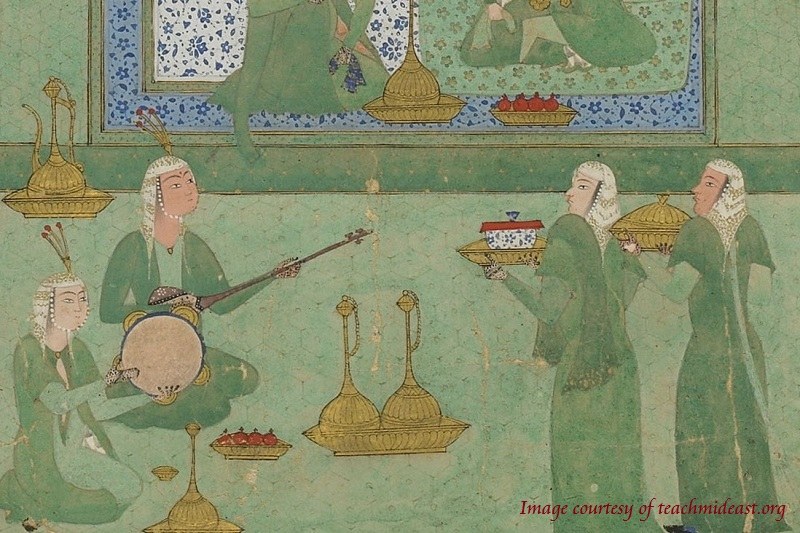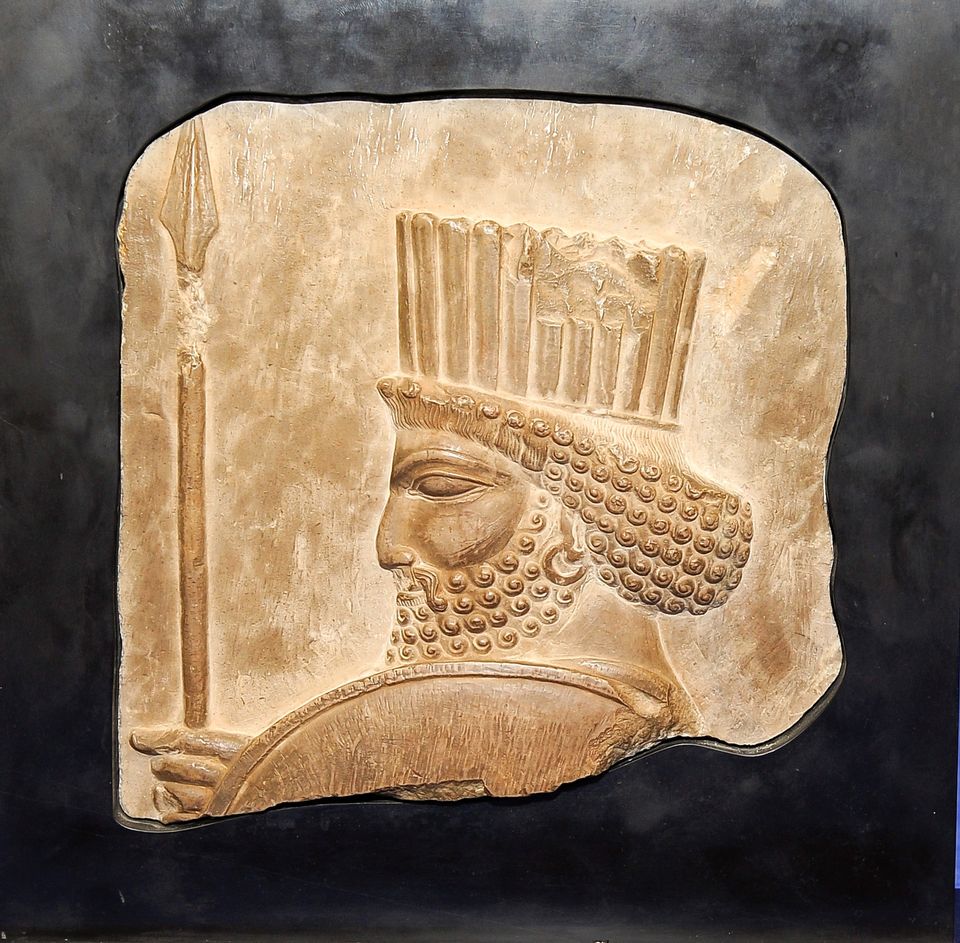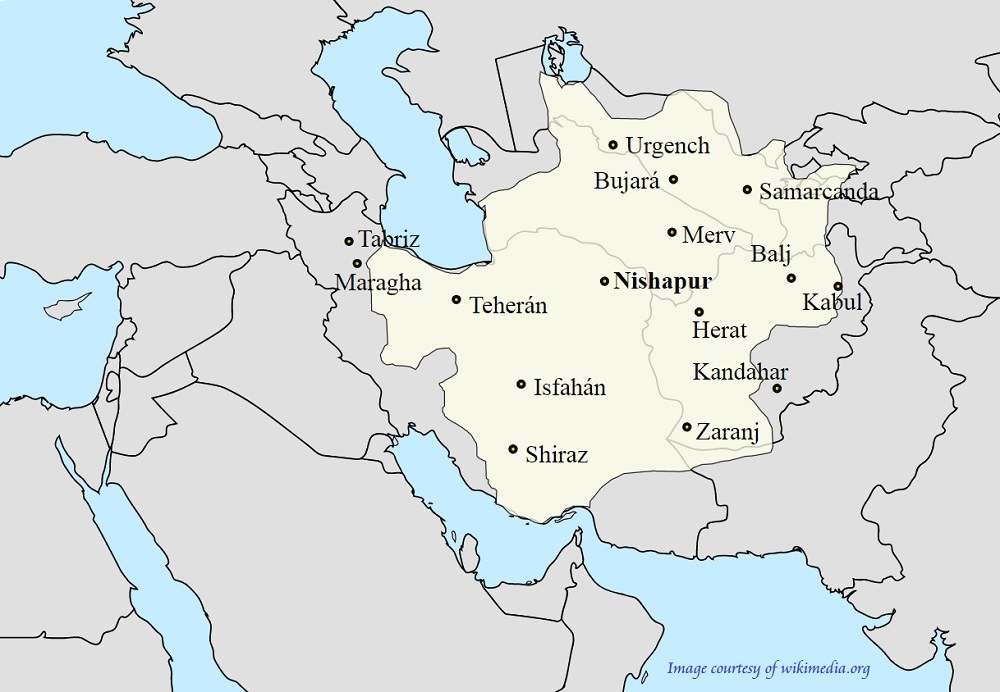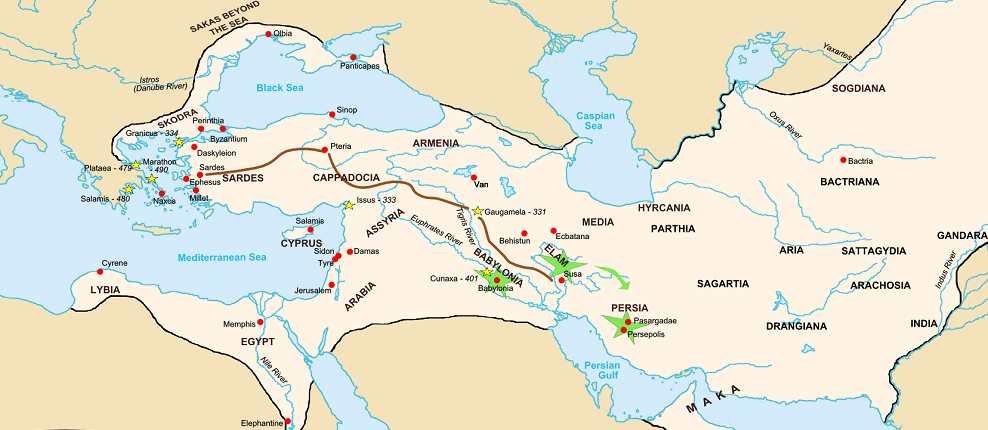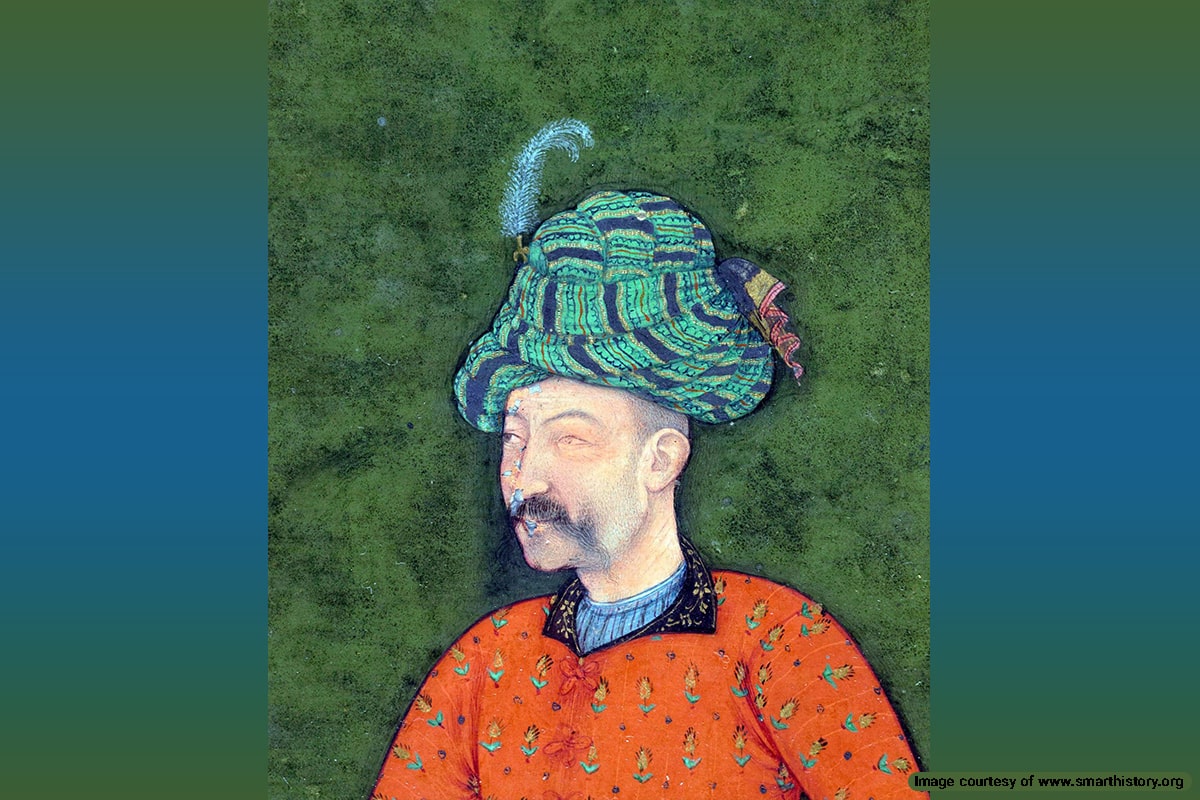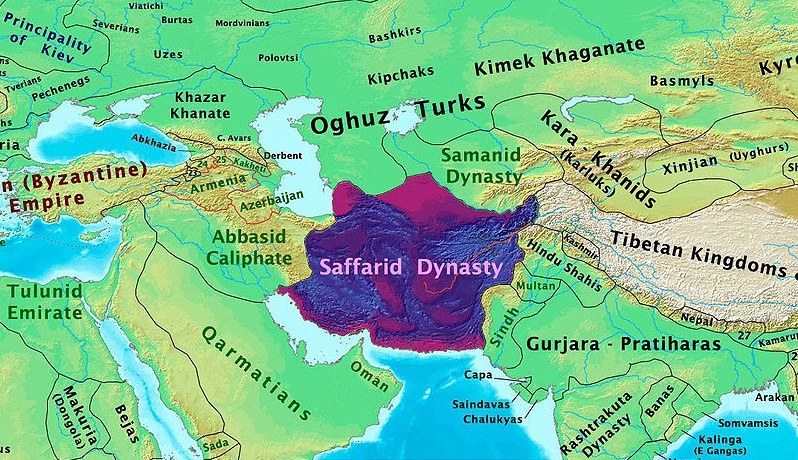
The history of Saffarids reminds everyone of Yaghub Leith Saffary. He led his uprising in Sistan and succeeded in founding a new dynasty. This made Baghdad’s caliph very worried and extremely astonished. Saffarids did not owe their power to Baghdad. In fact, they had earned power through their own brave endeavor especially in battlefields. If Yaghub Leith recognized the legitimacy of Baghdad’s caliph or he felt the necessity to do so, it would be based on the reality of power structure, not order or obligation.
The foundation of the Saffarid dynasty later became a model for those who struggle for an independent government and did not compromise with the caliphate system. Therefore, Baghdad’s caliphs never recognized such governments. On the contrary, they sought any opportunities to breach their agreements and plot against those independent systems.
The Beginning of the History of Saffarids
The movement of Saffarids began from Sistan within a network of bandits. They robbed the rich to provide for themselves and for the poor. Ethically speaking, they belonged to a group of people called “Ayyar”. They had some particular ethical features who did not allow them to let anyone oppress the poor. This had made them popular in the part of the country which was the birthplace of Rostam, the mythical hero of Iranians. On the other hand, they tried to free their territories from the hands of the irresponsible weak foreign governors assigned by the Taherids.
Yaghub Leith was very determined and to some extent stubborn when it came to deal with Abbasids ruling from Baghdad. He was never satisfied with anything less than dethroning the caliph of Baghdad. The history of Saffarids started with rebellion against foreign invaders.
Saffarids’ Accomplishments
Yaghub, who was called a rebel and cursed by the caliph, seized Fars and set off for Khuzestan afterward. He did not accept the cooperation and support of the people there to dethrone the caliph of Baghdad. He won the first battle on the way to Baghdad, but lost the next and had to retreat. Then, he got ill. Also, he rejected the peace proposal of the caliph. Instead, he threatened the caliph he would resume battles. As a matter of fact, he never found another chance to accomplish this, because he got ill and died unexpectedly in Gondishapur, Khuzestan.
Yaghub Leith insisted on reviving ancient Iranian traditions. He even ordered Persian poems to be composed in his court for the first time after the invasion of Arabs. It is notable that after the invasion of Arabs, nobody was allowed to write books or compose poems in Persian. The role of Yaghub in reviving the national spirit of Iranians cannot be ignored. In fact, it’s part of what Iranians like about the history of Saffarids.
The Collapse of Saffarids
Amro Leith, the brother of Yaghub Leith, was not as bold as his brother. As his army had lost some battles, Amro Leith had to submit to the caliph. He had decided to keep all the territories seized by his brother. The caliph, who had pretended to have agreed on this, sent him to the Transoxiana as if he was sent there to rule. On the other hand, he sent a message to the governor of the Transoxiana and ordered him not to obey such an order. Amro Leith was arrested during a battle on the way to the Transoxiana and sent to Baghdad. He died in the prison of Baghdad.
After that, Sistan remained under the rule of Saffarids for some time, but they could not rule authoritatively. Finally, Samanids who had inherited the Taherids’ power through the approval of the caliph, annexed Sistan to their territories. So, the independent government of Saffarids came to an end. The influence of this dynasty and their ideals remained for centuries, but they could never revive the glory of Saffarids’ time and get back to power.
Although the history of Saffarids was short, it indicated a fact: Iranians were not happy to be ruled by foreign governments and would not tolerate it forever. Abbasids had understood it despite their pressing to dominate the people in Iran.






